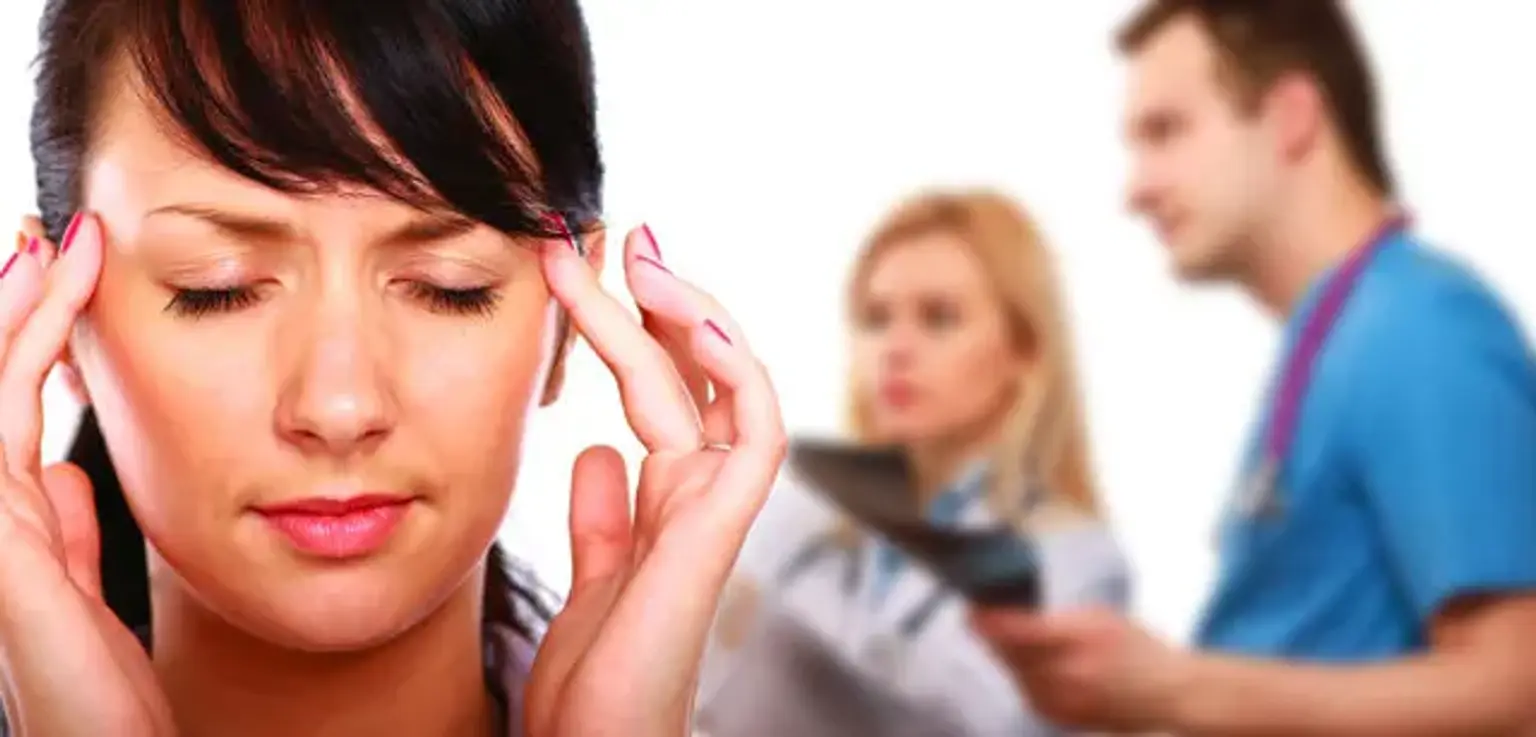Headache
You are not alone if your head throbs. Headache is one of the most common types of pain in the world that affects the head, neck, or scalp. Approximately 75% of people around the world experience headache every year.
Headache can be moderate at times. However, they can also be severe, making it difficult to focus at work and carry out other everyday activities. Millions of people suffer from severe headaches that can be debilitating. Fortunately, most types of these headaches may be controlled using medicine and a change in lifestyle.
